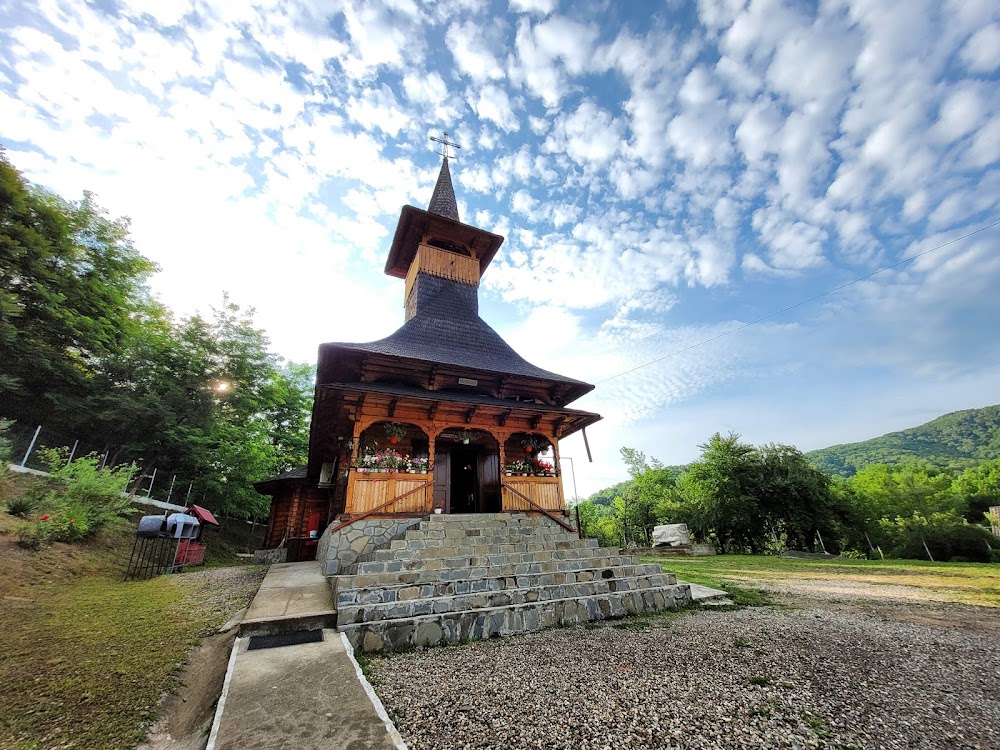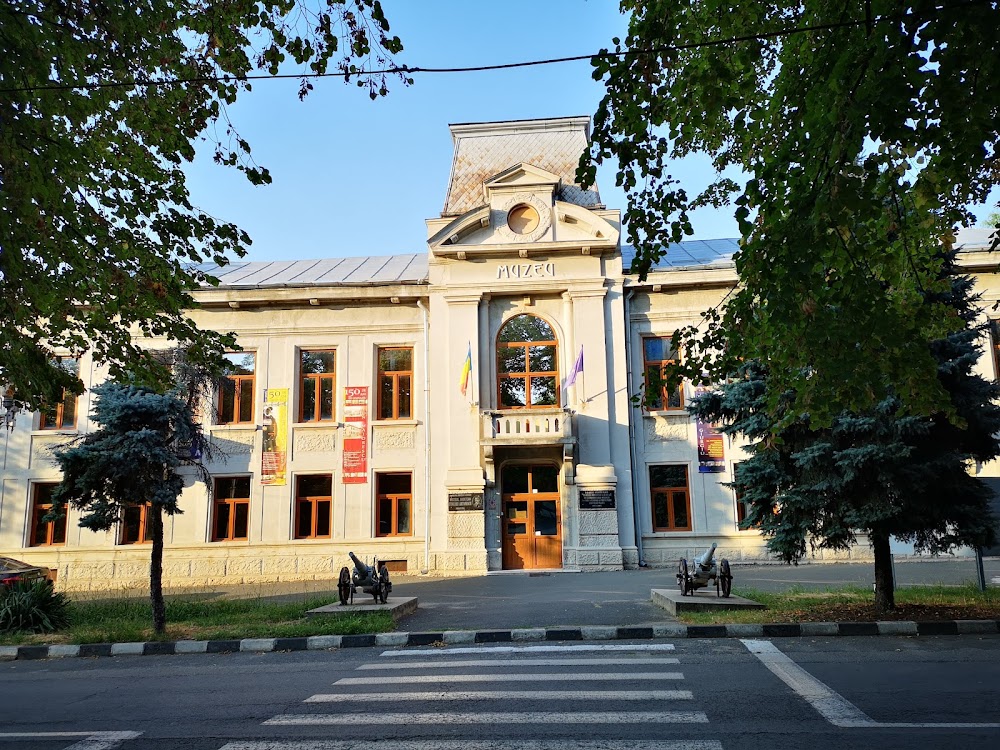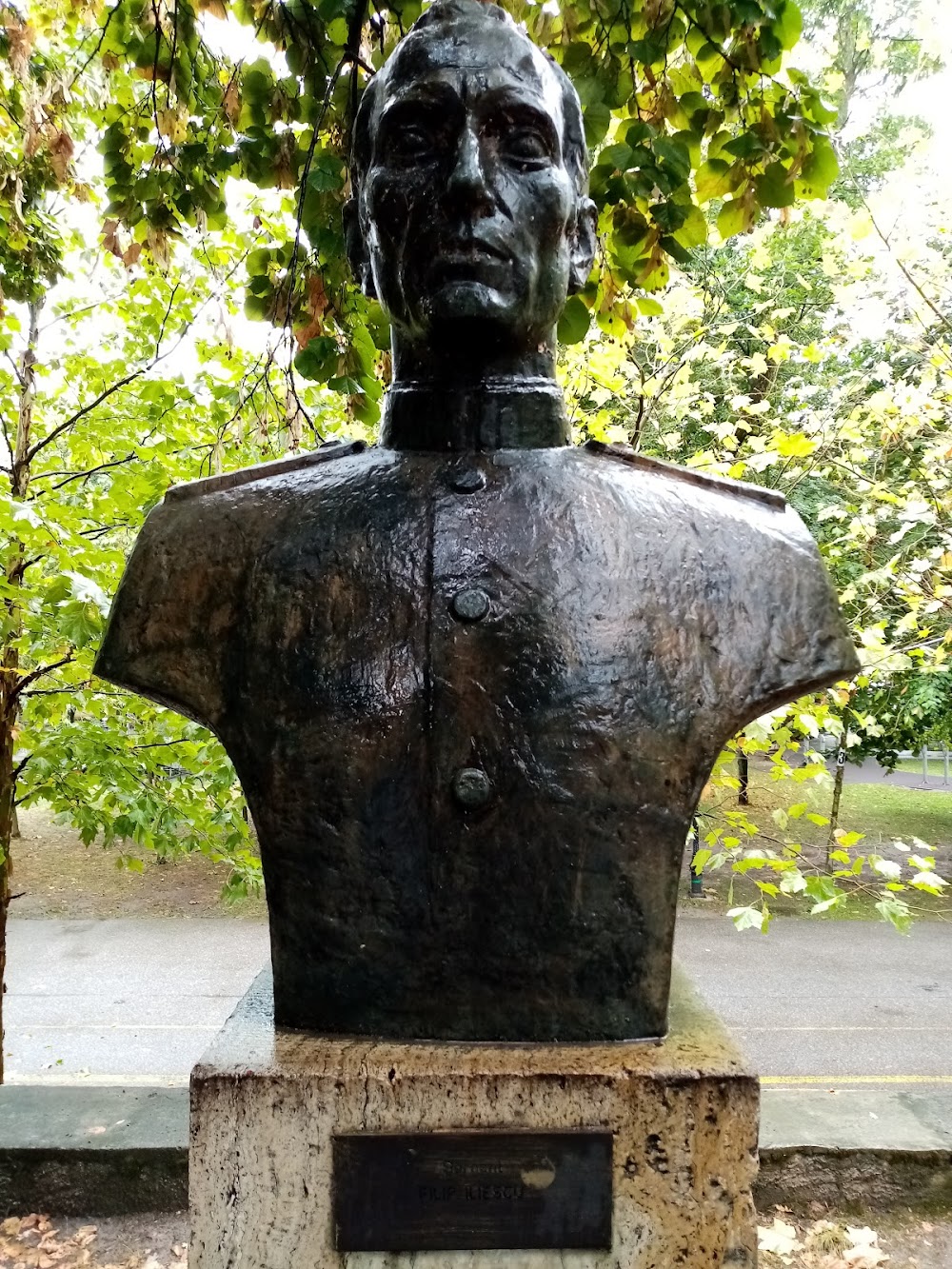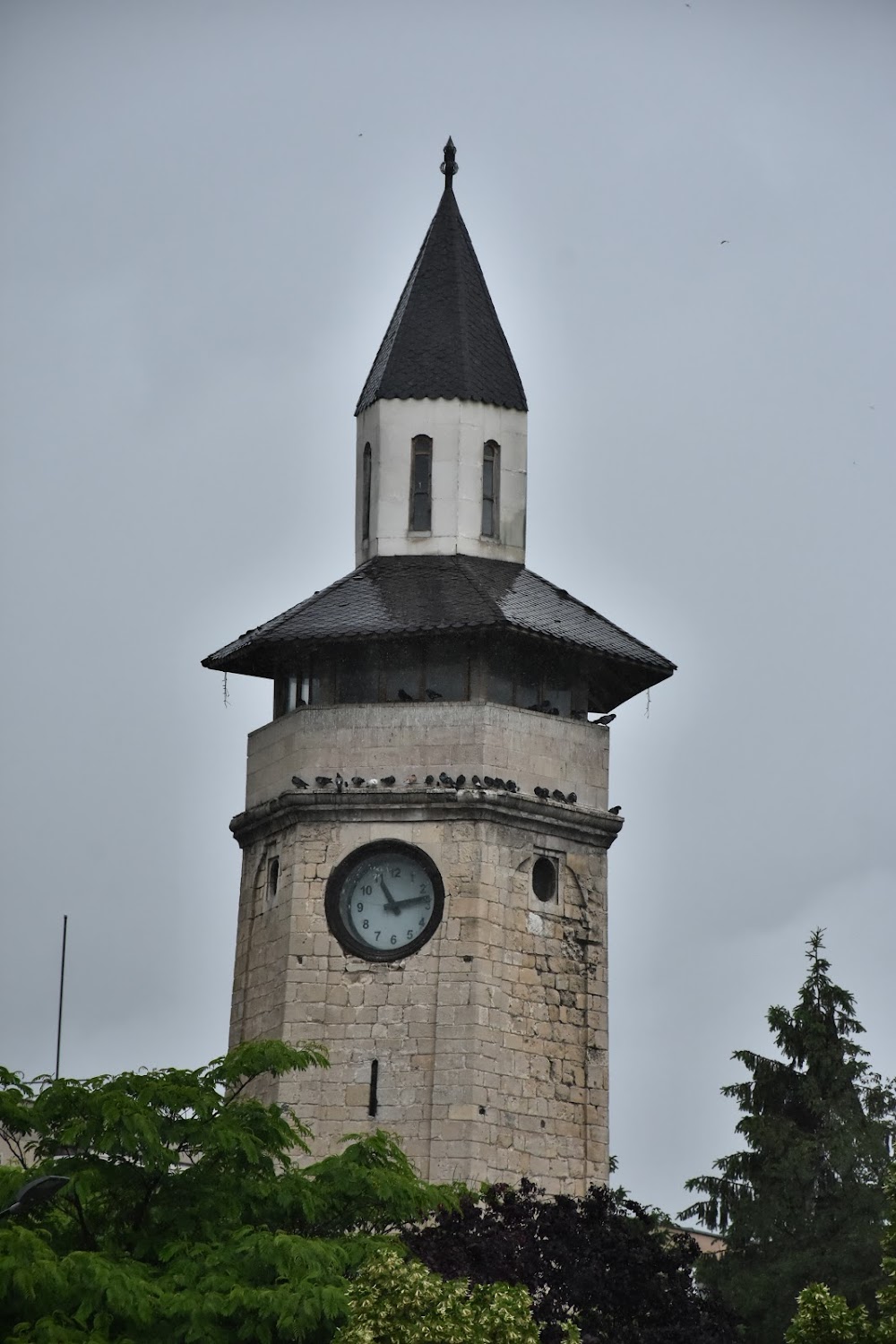Stone Church of Adunatii-Copaceni (Biserica de Piatră Adunații-Copăceni)
Overview
Nestled in the tranquil landscape of Giurgiu County, Romania, the **Biserica Poiana Copăceni**, also known as the **Stone Church of Adunatii-Copaceni**, stands as a remarkable testament to historical craftsmanship and spiritual devotion. Built in the early 19th century, this church symbolizes the resilience and faith of the local community.
The church's construction commenced in **1825**, spearheaded by the local nobleman **Gheorghe Drugănescu**, who generously provided both the land and financial resources for this ambitious project. Built on the foundations of an older wooden church that had served the community for centuries, the decision to use stone instead of wood marked a significant step toward permanence and durability, aligning with broader architectural trends in Romania during that era.
Laborers and artisans from surrounding villages contributed their skills to actualize this vision. They utilized local stone quarried from nearby hills, giving the church its distinctive rugged appearance. The careful cutting and fitting of the stones resulted in a sturdy structure, resilient to the elements and the passage of time. Local legend tells that the stones were blessed by the village priest before installation, imbuing the church with spiritual significance from its inception.
The architectural style of **Biserica Poiana Copăceni** is predominantly **Byzantine**, characterized by its robust, simple lines and symmetrical interior layout. The church features a single nave and a semi-circular apse, with the altar uniquely positioned to capture the first rays of sunlight each morning. The roof, adorned with clay tiles that have gracefully aged, adds to the building's rustic charm.
Inside, the church serves as a sanctuary of tranquility. Initially adorned with **frescoes** depicting various saints and biblical scenes, painted by local artists under the guidance of an itinerant monk renowned for his artistry, the walls now bear traces of these vibrant colors and intricate designs. The most notable fresco, located behind the altar, portrays the **Virgin Mary**, cherished by the congregation as the church's protector.
A striking feature of Eastern Orthodox churches, the **wooden iconostasis** divides the nave from the sanctuary. This beautifully carved and gilded screen showcases hand-painted icons of Christ, the Virgin Mary, and various saints, with gold leaf detailing that has retained its luster over time.
Since its consecration in **1828**, religious services have been held continuously at **Biserica Poiana Copăceni**. The church has weathered both strife and prosperity, serving as a refuge during times of war and a focal point for celebration in peaceful times. The community's dedication to preserving this heritage site is evident in the care and respect with which the building and its grounds are maintained.
In recent years, efforts have been undertaken to restore parts of the church to their former glory. Local historians, architects, and craftsmen have focused on preserving the original stonework and reviving the frescoes where feasible. While modern techniques are employed to stabilize the structure and prevent further decay, great care is taken to uphold the historical integrity of the church.
The churchyard also houses a modest cemetery, where generations of villagers have been laid to rest. Each grave tells a story, intertwining the lives of the deceased with the history of the church, as enduring as the stones that form its walls.
**Biserica Poiana Copăceni** remains an enduring symbol of community spirit and sacred tradition. It stands not only as a place of worship but also as a beacon of the rich cultural and historical legacy of Giurgiu County, Romania. Visitors and parishioners alike are drawn to its humble yet majestic presence, a timeless witness to the faith and fortitude of those who built it and those who continue to cherish it.






